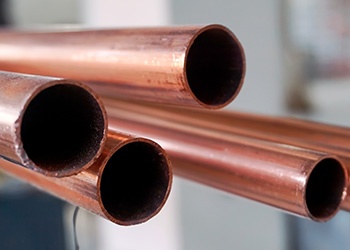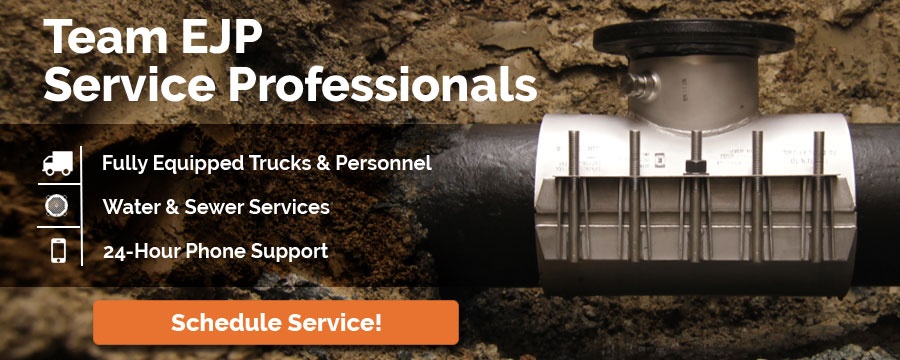Use Case and Performance for Locating Underground Copper and Polyethylene Tubing
- Home
- Team EJP Blog
- Use Case and Performance for Locating Underground Copper and Polyethylene Tubing
- Oct 9, 2018 8:34:28 AM
- Everett J. Prescott
When you're considering installing underground copper and polyethylene tubing, locating it is half of the battle. Though copper often wins out because it's easier to locate, there are ways of dealing with polyethylene tubing that make it much easier to find in the long run while realizing significant savings over copper. Here's a quick look at common use case issues and performance involved in locating these pipes.

When it's time to install new tubing, many water utilities use copper because it can be much easier to locate. However, at that ease of operation comes the higher cost of materials. But what if you could use lower-cost polyethylene tubing while still being able to locate it relatively easily? Here are a few ideas to try to make the process easier.
- Installation: When installing new lines, the most common approach is to use open trenching. However, this can have a strong impact on the homeowner's landscaping or the municipality's pavement. In some situations, you may want to consider horizontal drilling to get your new tubing where it needs to go to prevent excessive damage to these types of surface preparations. In the event that you are replacing an existing line, pulling the new line through the old one can help save significant amounts of time, energy and effort while preserving the surface appearance of the installation.
- Location Materials: : One way to easily locate a buried water line is through using an electrical current, but that doesn't work on non-conductive plastic tubing. There are a number of ways to get around this issue, however. A tracer wire can be installed at the same time, allowing you to pass a charge through the wire to make locating the pipe easier. It's important to use specific tracer wire, however, as standard wires can degrade over time, especially in acidic soils. Another option to consider is a detectable tape which, though relatively reliable, isn't as accurate as tracer wire and can bleed signal to other objects underground, creating false positives. RFID tags are another option to consider.

- Location Techniques: You can also use different techniques to locate underground tubing. Fiberglass probes can be pushed into the soil, helping you find the tubing from the surface. Another option to consider is acoustic pipe location, which uses sound introduced into the pipe and a traditional leak locator to help locate the pipe.
- Burial: Burying water lines requires you to be in line with standards to prevent possible issues down the road. This generally includes a trench width of 12", the trench must be prepared as to be free of rocks and debris, the line needs to be laid so that it is loose, providing additional room for expansion and contraction of water line tubing materials as the temperatures shift and soils subside and provide compaction of covering soils while avoiding any rocks near the water line to prevent damage.
By knowing how to go about locating copper and polyethylene tubing, you can more quickly locate and replace leaking tubing or that which has been damaged due to heavy traffic, soil subsidence or other issues. But what if you're still not quite sure exactly which one is the best option for your water utility? The professionals at Team EJP are standing by, ready to assist you. Please feel free to reach out today to get started.








